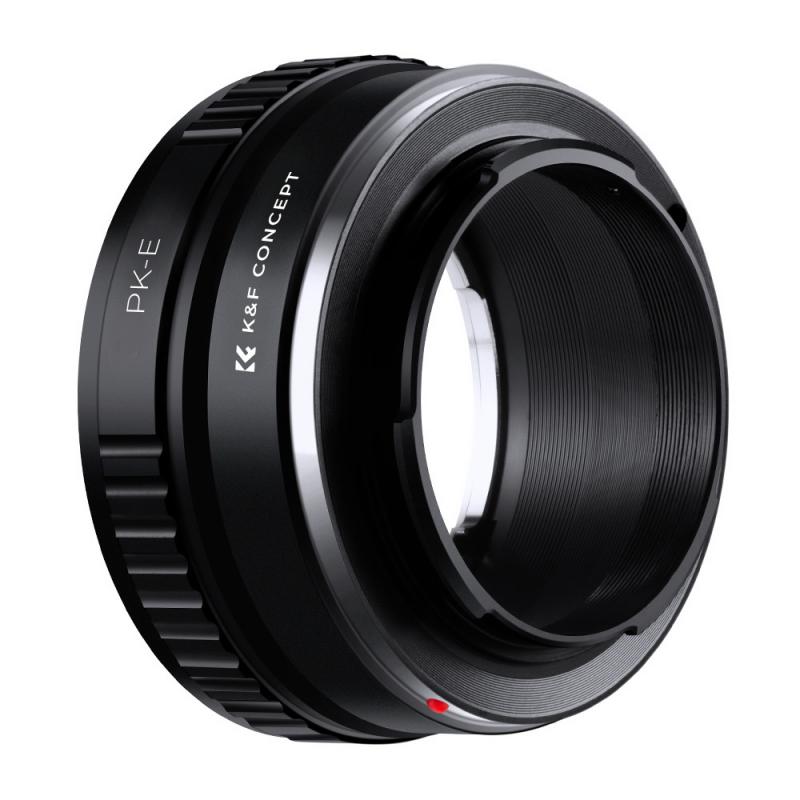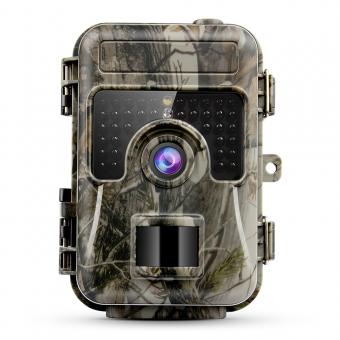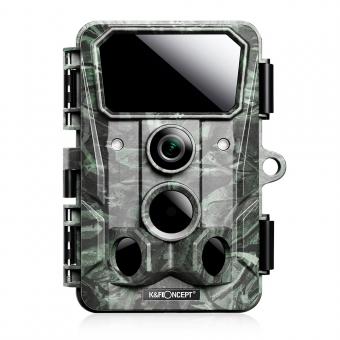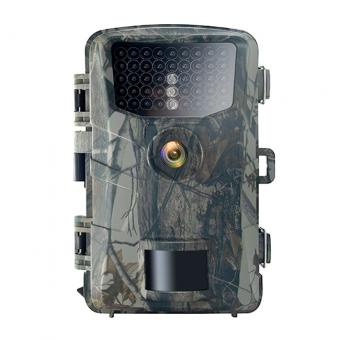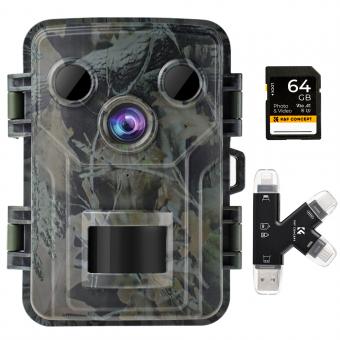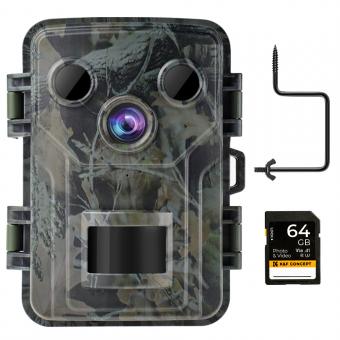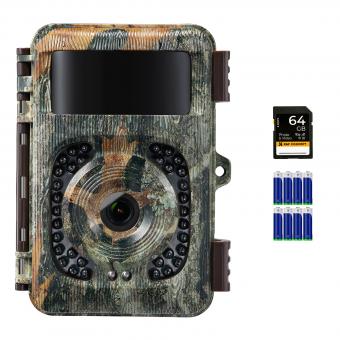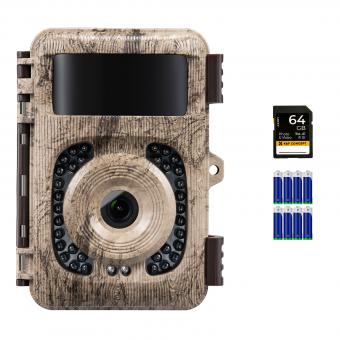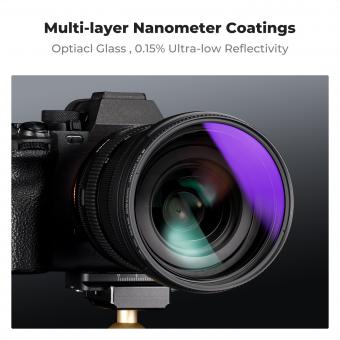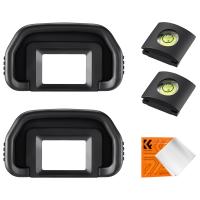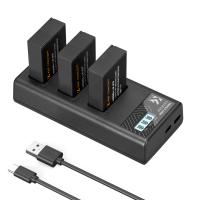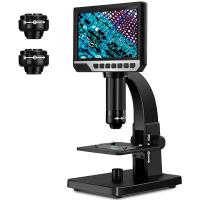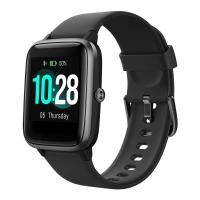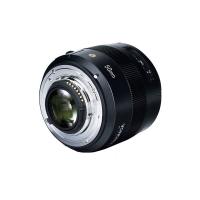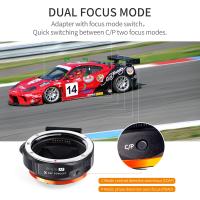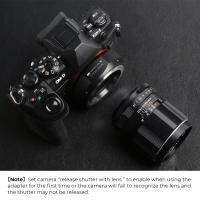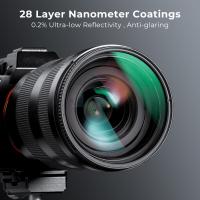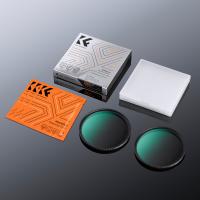Wildlife Camera How Much Data Use ?
The amount of data used by a wildlife camera depends on various factors such as the resolution and quality settings of the camera, the length of time the camera is active, and the frequency of captured images or videos. Higher resolution and quality settings will result in larger file sizes and therefore more data usage. Additionally, if the camera is set to capture images or videos frequently, it will consume more data.
It is difficult to provide an exact figure for the data usage of a wildlife camera as it can vary significantly. However, to minimize data usage, it is recommended to adjust the camera settings to lower resolution and quality if possible, and to limit the frequency of image or video captures. Some wildlife cameras also offer options to compress files or use motion detection to capture only when there is movement, which can help reduce data usage.
1、 Data consumption of wildlife cameras: Factors and considerations
The data consumption of wildlife cameras can vary depending on several factors and considerations. One of the main factors that determine data usage is the type of camera being used. Different cameras have different capabilities and settings that can affect data consumption. For example, cameras with higher resolution and frame rates will generally use more data compared to cameras with lower settings.
Another factor to consider is the duration of recording. Cameras that are set to record continuously will use more data compared to cameras that are triggered by motion or heat. Continuous recording can quickly accumulate large amounts of data, especially if the camera is placed in an area with high wildlife activity.
The storage capacity of the camera is also an important consideration. Cameras with limited storage capacity may need to overwrite old footage to make space for new recordings. This can result in a lower overall data consumption as only the most recent footage is retained.
Additionally, the type of data transmission used by the camera can impact data consumption. Cameras that use cellular networks to transmit data will use more data compared to cameras that use Wi-Fi or other local networks. It is important to consider the availability and cost of data plans when using cellular networks for data transmission.
It is worth noting that advancements in camera technology and data compression techniques have led to more efficient data usage in wildlife cameras. Manufacturers are constantly working on improving the efficiency of data transmission and storage to minimize data consumption.
In conclusion, the data consumption of wildlife cameras can vary depending on factors such as camera type, recording duration, storage capacity, and data transmission method. It is important to consider these factors and make informed decisions to optimize data usage and minimize costs.
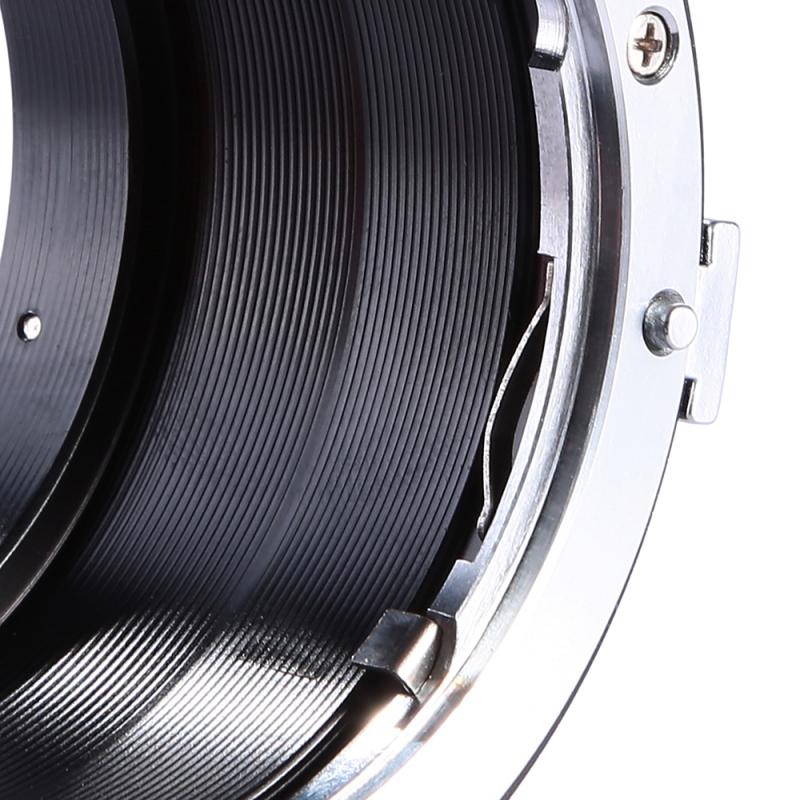
2、 Wildlife camera data usage: Tips for optimizing storage and transmission
Wildlife camera data usage can vary depending on several factors, including the camera's resolution, frame rate, and the length of time it is recording. Higher resolution and frame rates will result in larger file sizes and therefore more data usage. Additionally, if the camera is set to record continuously, it will use more data compared to a camera that is triggered by motion.
To optimize storage and transmission of wildlife camera data, there are a few tips to consider. First, adjusting the camera's settings to a lower resolution and frame rate can significantly reduce data usage. While this may result in slightly lower quality footage, it can help conserve storage space and reduce the amount of data that needs to be transmitted.
Another tip is to use motion-activated recording instead of continuous recording. By setting the camera to only record when it detects motion, you can significantly reduce the amount of data being captured and stored. This can be especially useful in areas with high wildlife activity, as it allows you to capture important footage while minimizing data usage.
Furthermore, consider using compression techniques to reduce file sizes without compromising too much on image quality. Many wildlife cameras have built-in compression options that can help optimize storage and transmission.
Lastly, it is important to regularly check and manage the camera's storage capacity. If the camera's storage is nearing its limit, consider either increasing the storage capacity or regularly transferring the data to another device to free up space.
It is worth noting that the latest advancements in wildlife camera technology, such as the use of artificial intelligence and cloud-based storage, have also contributed to optimizing data usage. These technologies can help in reducing unnecessary data transmission and storage by filtering out irrelevant footage and only capturing and storing important events.
In conclusion, optimizing wildlife camera data usage involves adjusting camera settings, utilizing motion-activated recording, using compression techniques, and managing storage capacity. The latest advancements in technology have also provided additional tools to optimize data usage.
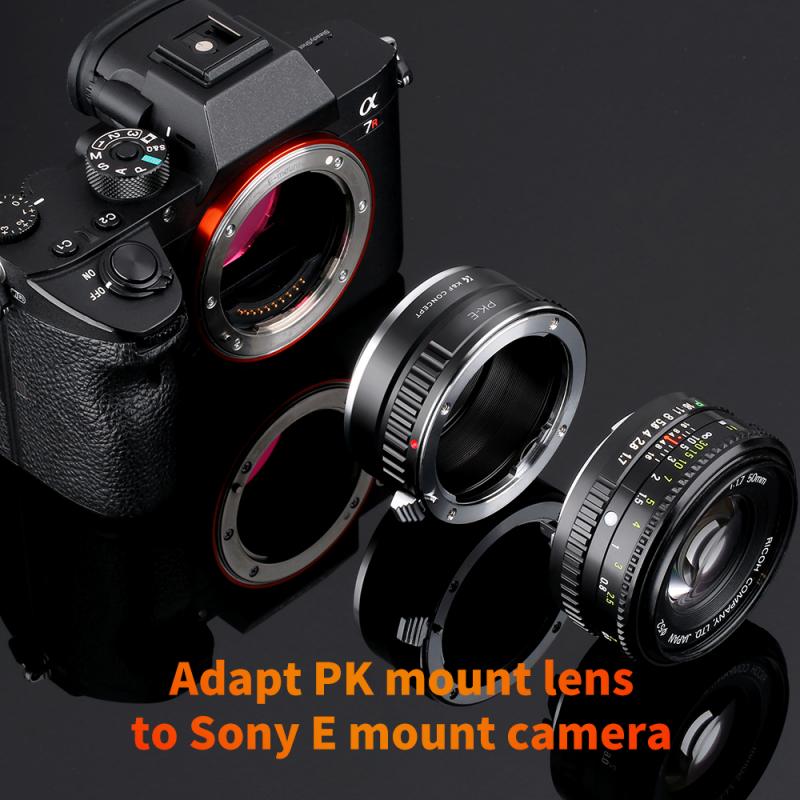
3、 Understanding data usage in wildlife camera deployments
Understanding data usage in wildlife camera deployments is crucial for effective monitoring and conservation efforts. The amount of data used by wildlife cameras can vary depending on several factors.
Firstly, the resolution and quality settings of the camera play a significant role in data usage. Higher resolution images and videos require more data to be transmitted and stored. For example, cameras set to capture high-definition videos will consume more data compared to those set to capture lower resolution images.
Secondly, the frequency of image or video capture affects data usage. Cameras that capture images or videos more frequently will generate larger amounts of data. This is particularly important in areas with high wildlife activity, where cameras may trigger frequently.
Furthermore, the duration of camera deployments also impacts data usage. Longer deployments will accumulate more data over time. It is essential to consider the available storage capacity and data transmission capabilities of the camera system to ensure uninterrupted monitoring.
Additionally, the type of data transmission method used by the camera system influences data usage. Some cameras use cellular networks to transmit data, while others rely on Wi-Fi or satellite connections. Each method has its own data usage characteristics, and it is important to choose the most suitable option based on the specific deployment requirements.
Lastly, advancements in camera technology and data compression techniques can also impact data usage. Newer camera models may have more efficient compression algorithms, reducing the amount of data required for transmission and storage.
In conclusion, the amount of data used by wildlife cameras depends on factors such as resolution settings, capture frequency, deployment duration, data transmission method, and technological advancements. Understanding these factors is essential for optimizing data usage and ensuring successful wildlife monitoring and conservation efforts.
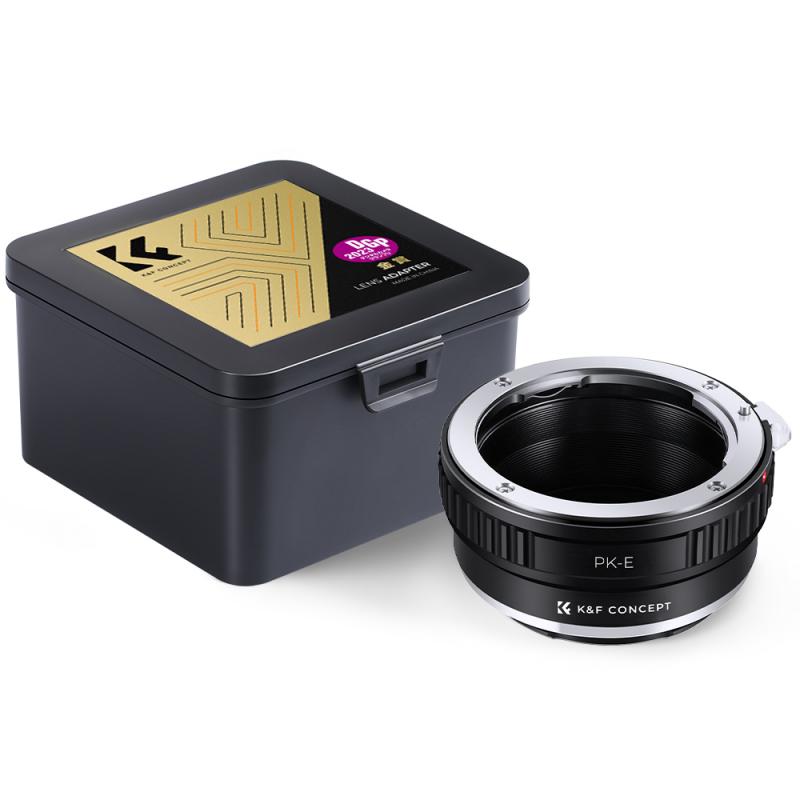
4、 Wildlife camera data management: Efficient strategies and best practices
The data usage of a wildlife camera can vary depending on several factors such as the resolution of the camera, the frequency of capturing images or videos, and the duration of recording. In the article "Wildlife camera data management: Efficient strategies and best practices," the authors discuss various strategies to efficiently manage the data generated by wildlife cameras.
One of the key points highlighted in the article is the importance of optimizing the camera settings to minimize data usage. This can be achieved by adjusting the resolution of the camera to a level that provides sufficient image quality for the intended purpose while keeping the file size manageable. Additionally, setting the camera to capture images or videos at specific intervals rather than continuously can significantly reduce data usage.
Another strategy mentioned in the article is the use of data compression techniques. By compressing the captured images or videos, the file sizes can be reduced without compromising the quality significantly. This can be particularly useful when transmitting the data over limited bandwidth networks or storing it in limited storage space.
Furthermore, the article emphasizes the importance of regular data management practices such as timely retrieval of data from the cameras, organizing and labeling the data, and implementing backup strategies. These practices not only help in efficient data usage but also ensure the integrity and availability of the captured wildlife data.
It is worth noting that the latest point of view on wildlife camera data management includes the advancements in wireless communication technologies and cloud storage solutions. With the availability of high-speed internet connections and cloud-based platforms, it has become easier to transmit and store large amounts of wildlife camera data. This allows for real-time monitoring and analysis of the captured data, enabling researchers and conservationists to make more informed decisions.
In conclusion, the data usage of a wildlife camera can be optimized through various strategies such as adjusting camera settings, using data compression techniques, and implementing efficient data management practices. The latest advancements in technology have further facilitated the management of wildlife camera data, enabling more effective wildlife monitoring and conservation efforts.
